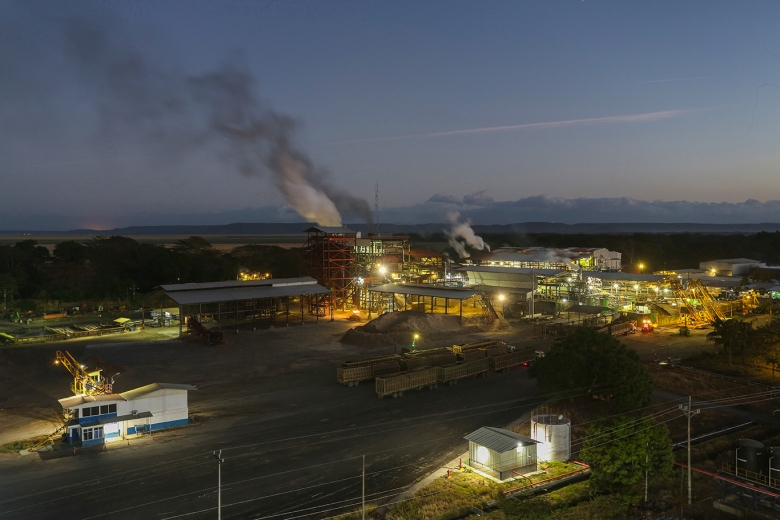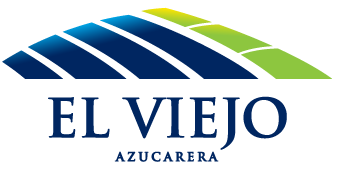News
Zona Franca El Viejo a commitment to the development of Guanacaste
- Once the first companies are installed, at least 120 new direct jobs will be generated.
- Azucarera El Viejo also generates 4,000 hours of volunteer work annually.

El Viejo Free Trade Zone promises more employment and development for Guanacaste
- Once the first companies are installed, at least 120 new direct jobs will be generated.
- Azucarera El Viejo also generates 4,000 hours of volunteer work annually.
Carrillo, February 10, 2022- The agro-industrial company Azucarera El Viejo reiterates its commitment to the economic development of Guanacaste and to continue generating more employment in this province, through the creation of a free zone in the canton of Carrillo.
This project has the potential to house five new companies that will be a source of more employment and well-being for the people who live in the area.
"Under a model of industrial symbiosis, the El Viejo Free Trade Zone seeks, in addition to improving competitiveness, generating the creation of new employment opportunities and development of the province, promoting investment and attracting new companies," explained Alfonso Gómez, Vice President of the business.
Azucarera El Viejo is a Costa Rican agro-industrial company that produces more than 1.7 million 50 kg bags of sugar per year, which corresponds to 21% of national production. As a responsible company we comply with our fiscal and social obligations.
The company is dedicated to the production of sugar and receives and processes the raw material from more than 250 farmers located in the Tempisque River basin.
Currently, Azucarera El Viejo employs 426 permanent collaborators and more than 500 temporary collaborators, thus contributing to the social system and development of the province.
The El Viejo Free Trade Zone plans to generate more development for Guanacaste, adding at least 120 new jobs.
Within the social responsibility initiatives, the company Azucarera El Viejo contributes approximately 4,000 hours of volunteer work per year, which allows it to support neighboring communities with community infrastructure, health, education and environmental projects. On average, more than 25 projects are executed per year to benefit these communities.
